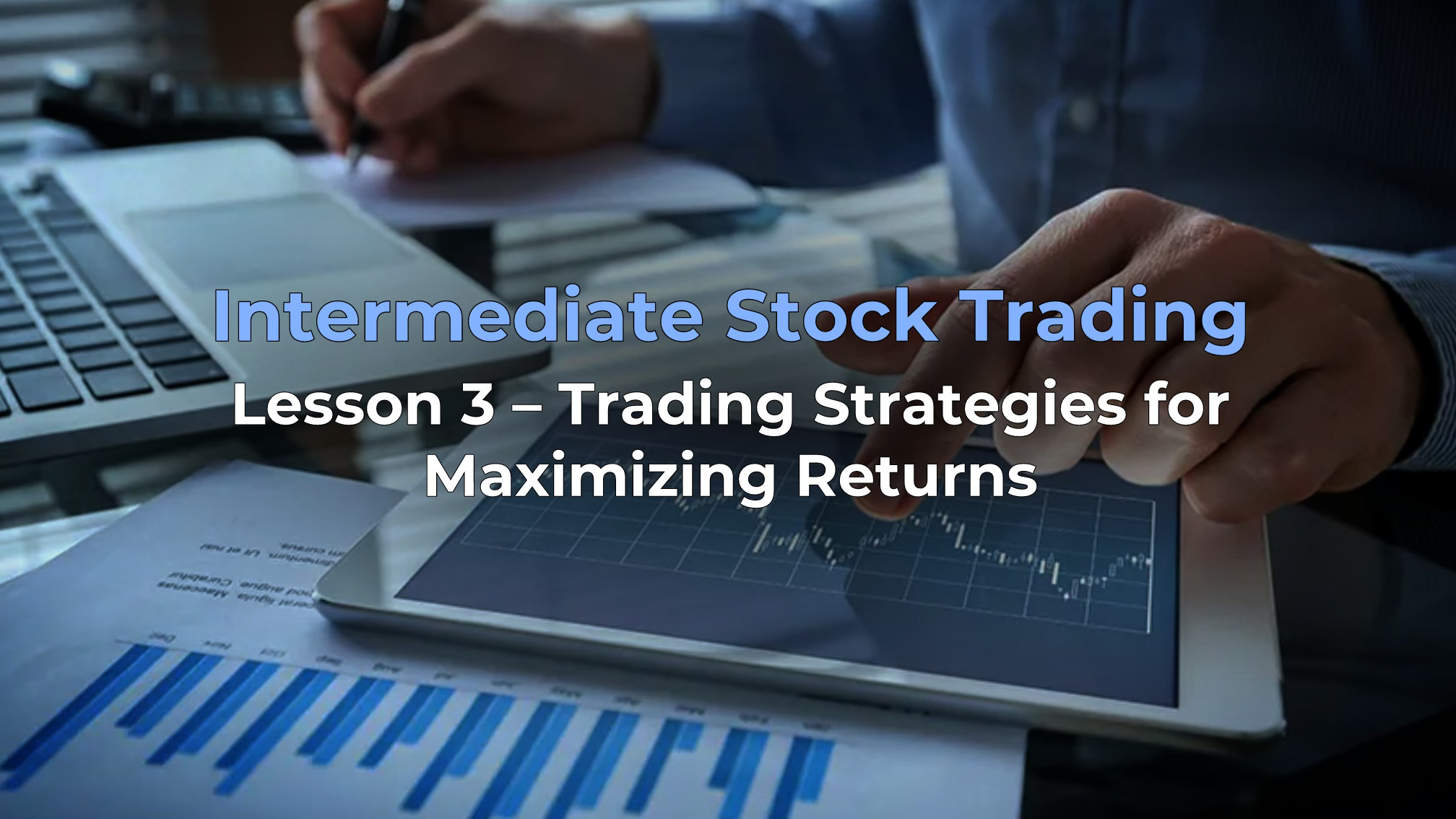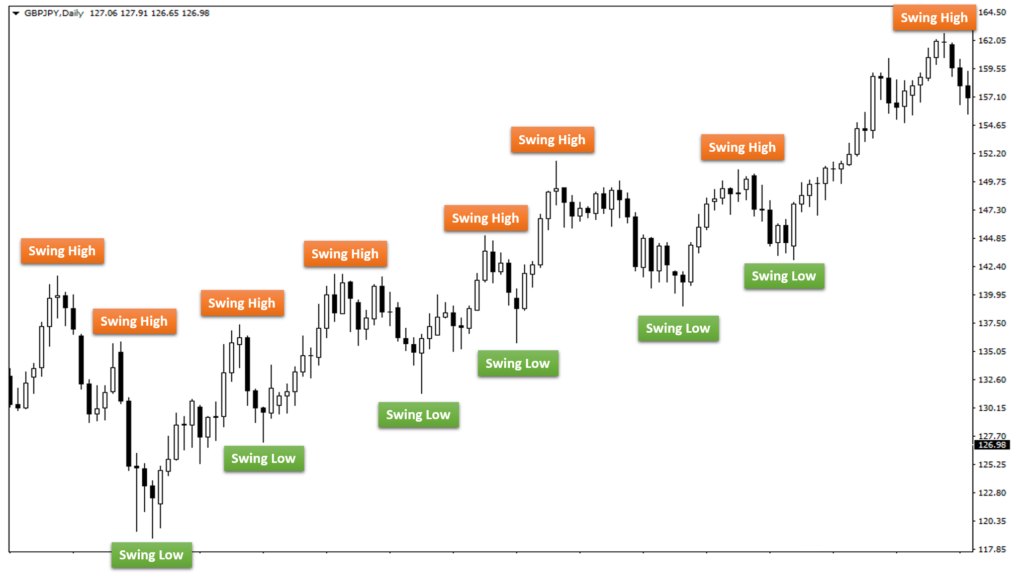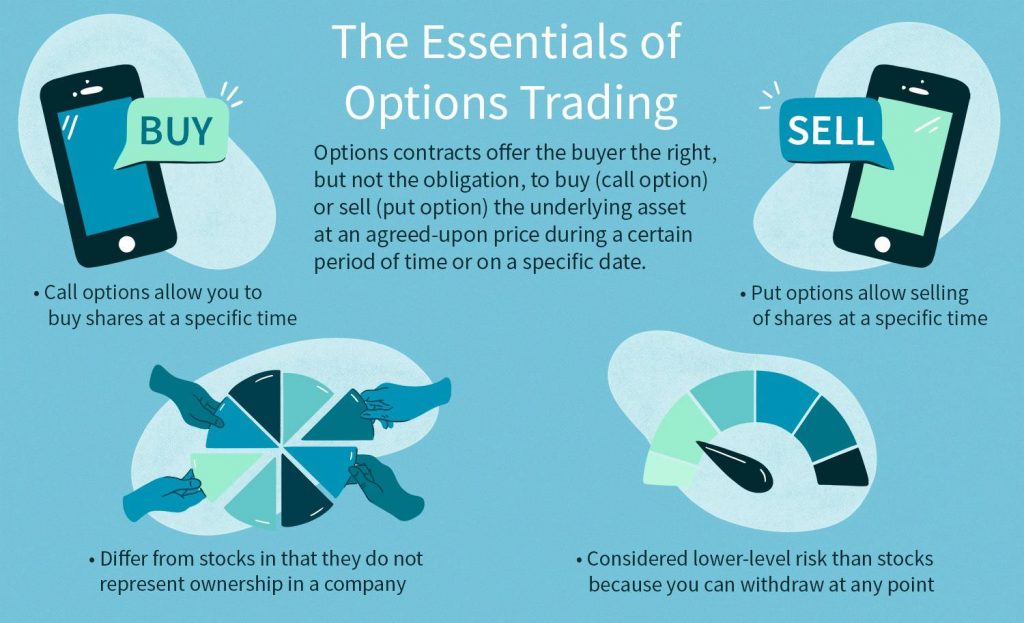
Stock Trading for Intermediate: Lesson 3 — Trading Strategies for Maximizing Returns
22 января 2024
61 views
Introduction to Advanced Trading Strategies
In this final lesson of the intermediate course, we will explore advanced trading strategies that can help you maximize your returns. These strategies include swing trading, position trading, and options trading. Each strategy has its unique approach and risk profile, and understanding them can enhance your investment toolkit.
Swing Trading
What is Swing Trading?
Swing trading involves holding stocks for several days to weeks to capitalize on short-term price movements. This strategy requires analyzing market trends and identifying potential entry and exit points.
Key Concepts and Techniques
- Trend Analysis: Identifying the overall direction of the market or a specific stock.
- Uptrend: A series of higher highs and higher lows.
- Downtrend: A series of lower highs and lower lows.
- Sideways Trend: Little to no movement in either direction.
- Technical Indicators:
- Moving Averages: Help smooth out price data and identify trends.
- Simple Moving Average (SMA): The average price over a specific period.
- Exponential Moving Average (EMA): Gives more weight to recent prices.
- Relative Strength Index (RSI): Measures the speed and change of price movements.
- RSI above 70 indicates overbought conditions.
- RSI below 30 indicates oversold conditions.
- Moving Averages: Help smooth out price data and identify trends.
- Chart Patterns:
- Head and Shoulders: Indicates a trend reversal.
- Double Top/Bottom: Signals potential reversal points.
Practical Application
- Scenario: You are interested in swing trading Stock XYZ.
- Steps:
- Trend Analysis: Determine if XYZ is in an uptrend, downtrend, or sideways trend.
- Technical Indicators: Use moving averages and RSI to identify potential entry and exit points.
- Chart Patterns: Look for patterns like head and shoulders or double tops/bottoms to predict price movements.

Position Trading
What is Position Trading?
Position trading involves holding stocks for several months to years, focusing on long-term trends and fundamental analysis. This strategy requires patience and a thorough understanding of the underlying factors driving the stock’s performance.
Key Concepts and Techniques
- Long-Term Trend Analysis: Identifying sustained trends over months or years.
- Fundamental Analysis: Evaluating a company’s financial health, industry position, and growth prospects.
- Economic Indicators:
- GDP Growth: A strong economy supports higher stock prices.
- Interest Rates: Lower interest rates typically boost stock prices.
- Inflation Rates: Moderate inflation is generally favorable for stocks.
- Sector Analysis: Identifying strong sectors that align with economic trends.
- Cyclical Sectors: Consumer discretionary, technology.
- Defensive Sectors: Utilities, healthcare.
Practical Application
- Scenario: You are interested in position trading Stock ABC.
- Steps:
- Long-Term Trend Analysis: Assess ABC’s long-term trend using weekly or monthly charts.
- Fundamental Analysis: Evaluate ABC’s financial statements, growth prospects, and industry position.
- Economic Indicators: Consider how GDP growth, interest rates, and inflation might impact ABC.
- Sector Analysis: Ensure ABC is in a strong sector aligned with current economic trends.
Options Trading
What is Options Trading?
Options trading involves buying and selling options contracts, which give the right but not the obligation to buy or sell an underlying asset at a predetermined price before a specific date. Options can be used for hedging, income generation, or speculative purposes.
Key Concepts and Techniques
- Types of Options:
- Call Options: Give the right to buy an asset at a specific price.
- Put Options: Give the right to sell an asset at a specific price.
- Options Strategies:
- Covered Call: Selling a call option on a stock you own to generate income.
- Protective Put: Buying a put option to protect against a decline in a stock you own.
- Straddle: Buying a call and a put option on the same stock with the same strike price and expiration date, to profit from significant price movements in either direction.
- Options Pricing:
- Intrinsic Value: The difference between the stock price and the strike price.
- Time Value: The additional value based on the time remaining until expiration.
Practical Application
- Scenario: You are interested in using options to hedge or generate income.
- Steps:
- Covered Call: If you own Stock DEF, sell a call option with a strike price above the current stock price to generate income.
- Protective Put: Buy a put option on Stock GHI to protect against potential declines.
- Straddle: If you expect significant price movement in Stock JKL but are unsure of the direction, buy a call and a put option with the same strike price and expiration date.

Example
- Swing Trading Example:
- Stock XYZ: Identified an uptrend with an RSI below 30, indicating oversold conditions.
- Action: Enter a long position and set a target price based on previous highs.
- Position Trading Example:
- Stock ABC: Evaluated strong fundamentals, positive GDP growth, and a favorable sector.
- Action: Buy and hold ABC for several months to years, monitoring economic indicators.
- Options Trading Example:
- Stock DEF: Own 100 shares of DEF, sell a call option with a strike price 10% above the current price.
- Stock GHI: Concerned about potential declines, buy a protective put option.
- Stock JKL: Expecting volatility, buy a straddle (call and put option) at the same strike price.
Conclusion
Advanced trading strategies such as swing trading, position trading, and options trading offer various ways to maximize returns and manage risk. By understanding and applying these strategies, you can enhance your investment approach and achieve your financial goals.
This concludes the Stocks 202: Intermediate Shares Tutorials course. With these advanced techniques and strategies, you are well-equipped to take your investing skills to the next level. Continue learning and practicing to refine your strategies and become a more successful investor.




